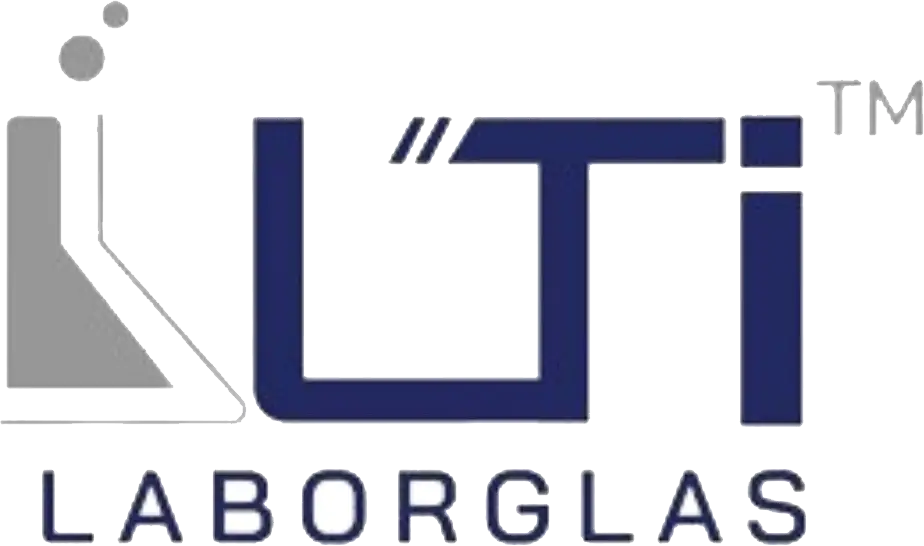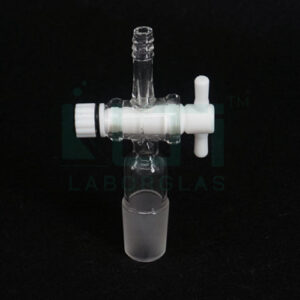- Made from ASTM E-438 Type 1, Boro 3.3 heat resistance glass
- With beaded rim
- Complies with DIN/ISO 1773
* Non DIN
| PART No. | Capacity (ml) | D. (mm) | D1. (mm) | H. (mm) | PACK Qty. |
| 5540-50 | 50 | 51 | 26 | 90 | 10 |
| 5540-100 | 100 | 64 | 26 | 105 | 10 |
| 5540-150 | 150 | 74 | 28 | 115 | 10 |
| 5540-250 | 250 | 85 | 34 | 138 | 10 |
| 5540-300 | 300 | 93 | 34 | 143 | 10 |
| 5540-500 | 500 | 105 | 34 | 220 | 10 |
| 5540-1000* | 1000 | 131 | 42 | 163 | 10 |
| 5540-2000 | 2000 | 166 | 50 | 190 | 10 |
| 5540-3000 | 3000 | 185 | 50 | 230 | 6 |
| 5540-5000 | 5000 | 233 | 50 | 250 | 1 |
| 5540-10000 | 10000 | 280 | 65 | 360 | 1 |
| 5540-20000 | 20000 | 350 | 75 | 495 | 1 |
Here are some common uses for flat-bottom flasks with a narrow neck according to DIN/ISO standards:
- Reaction Vessels: These flasks are often employed as reaction vessels for chemical processes. The flat bottom provides stability on heating surfaces, and the narrow neck minimizes evaporative losses and allows for controlled additions.
- Heating and Distillation: The flat bottom is well-suited for even heating on laboratory hotplates or heating mantles. The narrow neck is beneficial when conducting distillation, as it helps to reduce the risk of vapor escaping and promotes efficient condensation.
- Solvent Evaporation: These flasks are suitable for solvent evaporation processes where controlled evaporation is required. The narrow neck helps in reducing the rate of evaporation and allows for the attachment of additional glassware if needed.
- Synthesis and Reactions: For chemical synthesis and reactions, the narrow neck facilitates controlled mixing and additions. It also minimizes the exposure of the reaction contents to the external environment, making it suitable for reactions sensitive to air or moisture.
- Storage of Small Volumes: The narrow neck design is practical for storing small volumes of liquids, where precise dispensing or sampling may be necessary. The narrow opening allows for easier pouring and reduces the risk of spillage.
- ISO and DIN Methods: Specific ISO or DIN methods may recommend the use of flat-bottom flasks with narrow necks for certain laboratory tests or analyses. These standards ensure uniformity and reliability in experimental setups across different laboratories.





